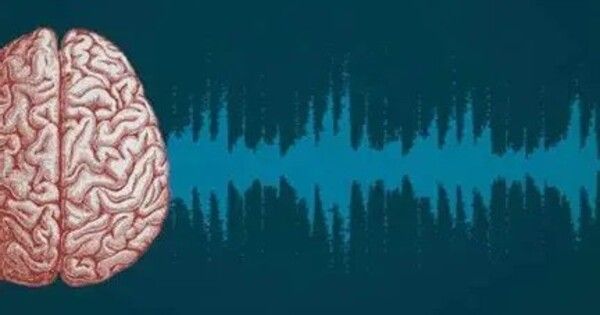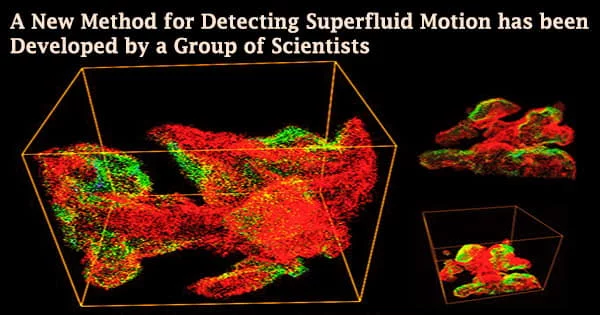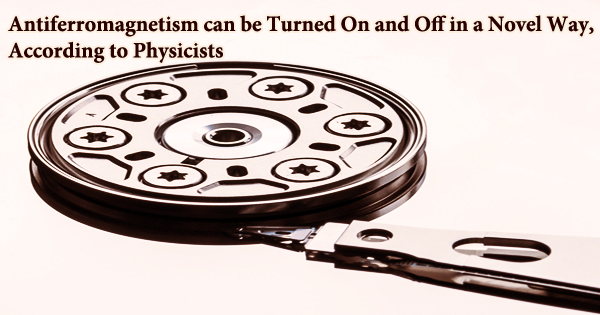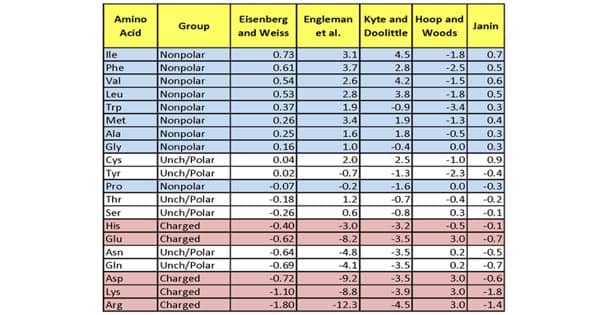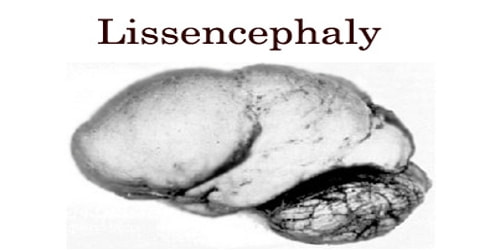Psychoacoustics is a branch of psychophysics that studies sound perception and audiology, or how the human auditory system interprets different sounds. It is concerned with the perception of sound and its physiological impact on the human auditory system. More specifically, it is the discipline of science that investigates the psychological responses to sound.
Psychoacoustics is an interdisciplinary field that combines psychology, acoustics, electronics engineering, physics, biology, physiology, and computer science. It investigates how humans perceive different aspects of sound, including pitch, loudness, timbre, and spatial localization.
Key areas of study in psychoacoustics include:
- Pitch perception: investigates how humans interpret the frequency of sound waves as musical pitch. This encompasses things like the pitch of complicated tones, the sense of harmony and dissonance, and the impact of frequency masking.
- Loudness perception: Investigates how humans perceive the intensity or loudness of sound, as related to the amplitude of sound waves. This entails investigating aspects such as hearing threshold, perceived loudness in various frequency ranges, and the impact of sound duration on perceived loudness.
- Localization: Examines how humans determine the direction and location of sound sources in space. This includes binaural cues, such as interaural time differences and interaural level differences, as well as spectral cues based on the filtering of sound by the head and ears.
- Masking: Studies how the perception of one sound (the target) can be influenced or masked by the presence of another sound (the masker). This includes both simultaneous masking, where the masker and target occur at the same time, and forward masking, where the masker precedes the target.
- Temporal perception: Explores how humans perceive the timing and duration of sound. This involves the ability to recognize temporal patterns, detect gaps or breaks in sound, and integrate auditory information throughout time.
Audio engineering, music psychology, telecommunications, and hearing science are all areas where psychoacoustics can be applied. Understanding how humans perceive sound allows academics and engineers to create technologies and approaches that increase the quality of audio reproduction, communication systems, and assistive listening devices.
